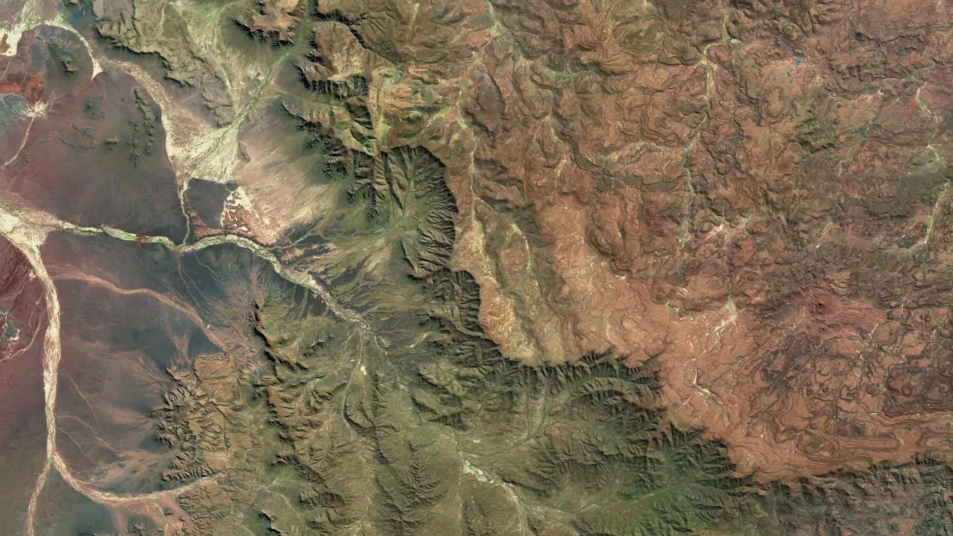Mystery of how geological wonders are formed solved, say scientists

- Published
The mystery of how some of the Earth's most dramatic landforms came into being has been solved, scientists believe.
Plateaus and escarpments are some of the most impressive geological wonders of the world, but there has been a mystery amongst scientists over how they were formed.
An escarpment is a steep slope or long cliff and a plateau is a flat, elevated landform.
Now scientists say they have found why and how parts of continents slowly rise to form these landforms.
A team, led by the researchers at the University of Southampton published their findings in the journal Nature.
They found when tectonic plates, which are sections of both the Earth's crust and the upper mantle, break apart it sets off powerful waves deep below the Earth's crust which force the land up by more than a kilometre creating giant plateaus.
Is there another core within Earth's core?
- Published25 February 2023
Scientists incredible plan to record the Earth's 'pulse'
- Published18 July 2021
Ancient diamonds have been found near the Earth’s core
- Published18 August 2019
Tom Gernon, Professor of Earth Science at the University of Southampton and lead author of the study, said scientists have long suspected famous escarpments like The Great Escarpment in Africa were formed when continents rift - which means the crust and mantle thin and split apart.
But the vertical movement of 'stable' parts of continents which then go on to form plateaus, like the Central Plateau of South Africa, was more of a mystery.

Great escarpments can be found in southern Africa, India, Brazil and Australia
The team from the University of Southampton, collaborated with colleagues from the Helmholtz Centre Potsdam – GFZ German Research Centre for Geosciences and the University of Birmingham.
Using computer modelling where they run simulations, the scientists put together evidence to suggest the rifting event also sets off a ‘deep mantle wave’ that travels along the continent’s base at about 15-20 kilometres per million years.
They believe that this wave removes layers of rock from the continental roots in a sweeping motion.
“Much like how a hot-air balloon sheds weight to rise higher, this loss of continental material causes the continents to rise,” said Professor Brune from GFZ Potsdam.
Professor Gernon told Newsround the findings had interesting significance for how they look at historical movements.
"The Earth's deep interior and surface environment are connected in ways we didn't previously appreciate, which could profoundly influence past climates and evolution."
